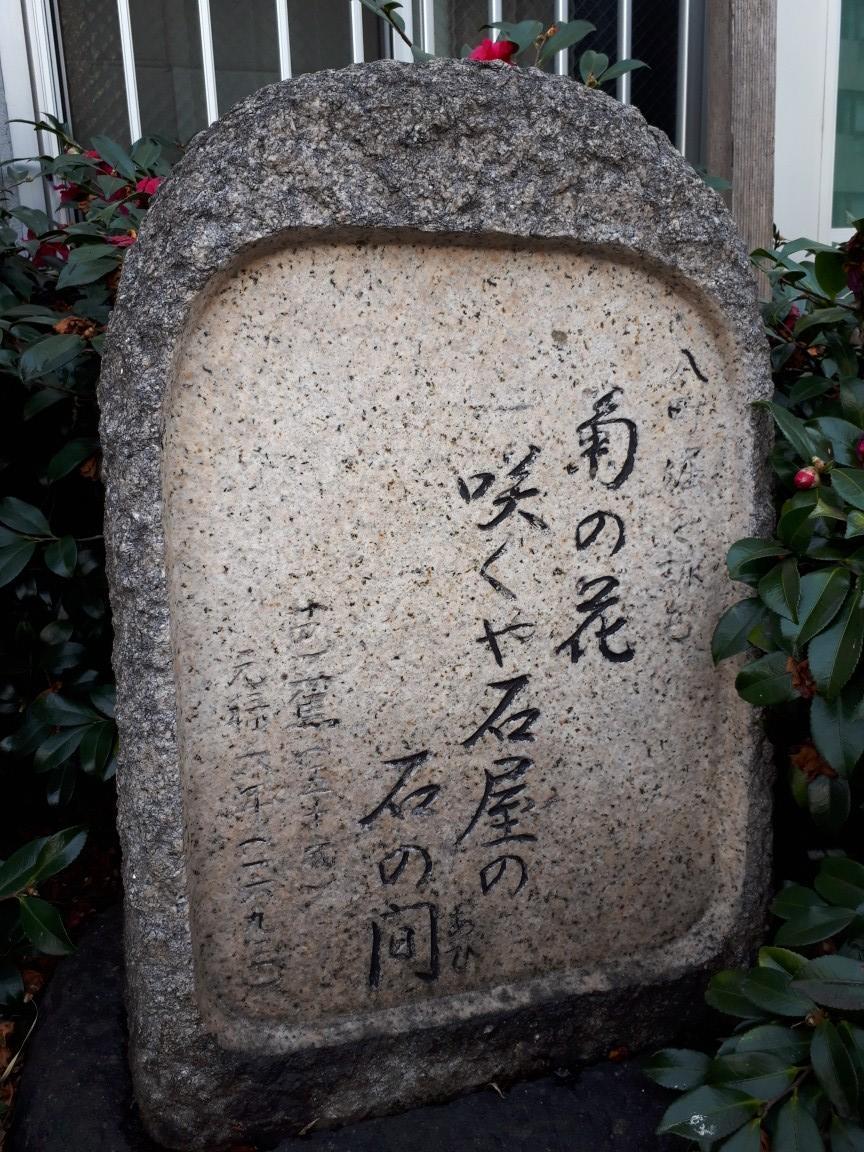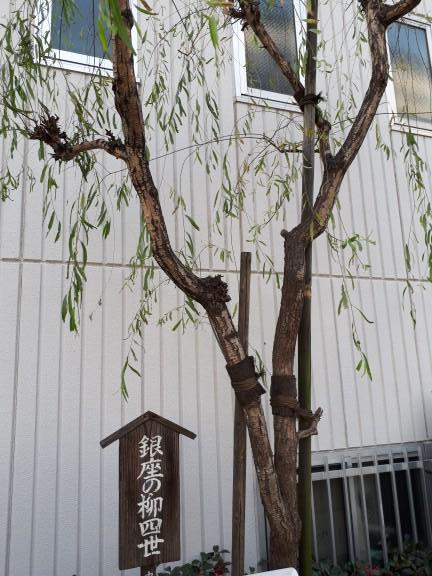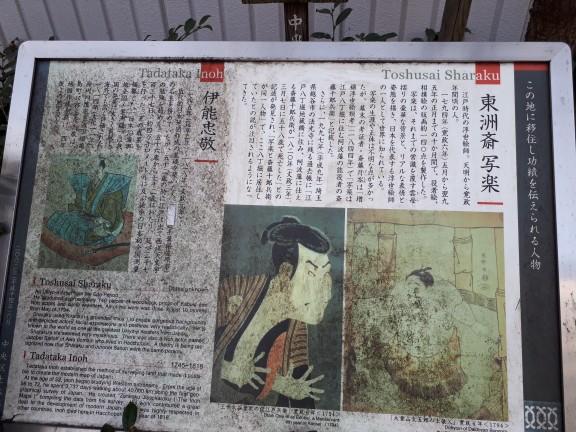[TAKK...]
February 26, 2019 09:00
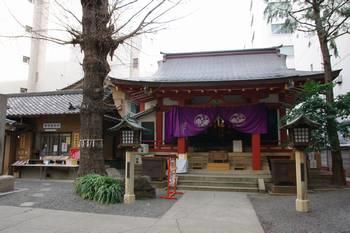
/
Motohashi Hie-jinja Shrine is located close to Tokyo Metro Kayabacho Station and adjacent to Kabuto-cho. The precincts are large despite the city center and are unexpectedly quiet.
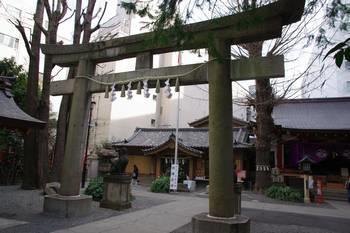
/
It has been known as the resting place of portable shrines of the Sanno Festival since the Edo period, and it is still a resting place for the festival procession at the shrine festival.
/
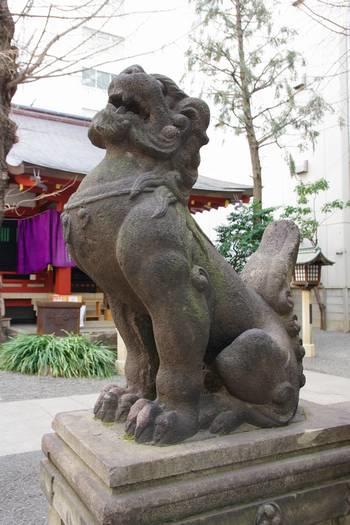
/
The komainu of this shrine is rare and facing up.
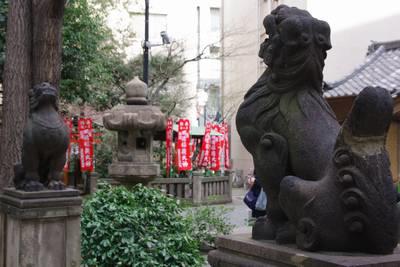
/
This is said to have been consecrated in hopes of recovery from the Great Kanto Earthquake and rising luck.
It's called "upward" and luck is going up.
・
[Satoken]
February 16, 2019 18:00
Kameshima Bridge is a bit plain among many bridges in the city, but there are some highlights.
On the other side of the "Horibe Yasubei Takeyuki Monument", "Ginza Yanagi Shisei", "Basho's Monument", and "Sharaku Toshusai" and "Tadataka Ino" are described as "people who have moved to this area (Hatchobori) and have been able to convey their achievements". There is an explanation of. It's a pity that stone monument's wooden explanatory version is barely readable. There are many highlights that are not found in the Monoshiri Encyclopedia, and it is interesting to walk in search of such places.
